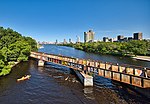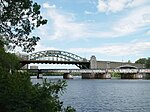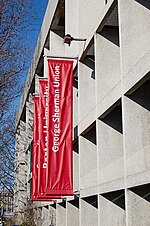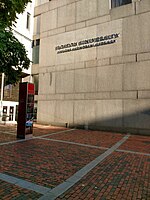Nectow v. City of Cambridge
1928 in United States case lawHistory of Cambridge, MassachusettsTakings Clause case lawUnited States Supreme Court casesUnited States Supreme Court cases of the Taft Court ... and 4 more
United States Supreme Court stubsUnited States land use case lawUse mdy dates from September 2023Zoning in the United States
Nectow v. City of Cambridge, 277 U.S. 183 (1928), was a United States Supreme Court case in which the Court reversed the Massachusetts Supreme Judicial Court ruling, and found that the invasion of the plaintiff's property right was "serious and highly injurious," and that the placement of the locus of the zoning ordinance would not promote the health, safety, convenience or general welfare of the inhabitants of Cambridge. It, along with Euclid v. Ambler, constituted the Supreme Court's case law on zoning until 1974.
Excerpt from the Wikipedia article Nectow v. City of Cambridge (License: CC BY-SA 3.0, Authors).Nectow v. City of Cambridge
Henry Street, Cambridge Cambridgeport
Geographical coordinates (GPS) Address Nearby Places Show on map
Geographical coordinates (GPS)
| Latitude | Longitude |
|---|---|
| N 42.35553 ° | E -71.10967 ° |
Address
Henry Street
02215 Cambridge, Cambridgeport
Massachusetts, United States
Open on Google Maps









